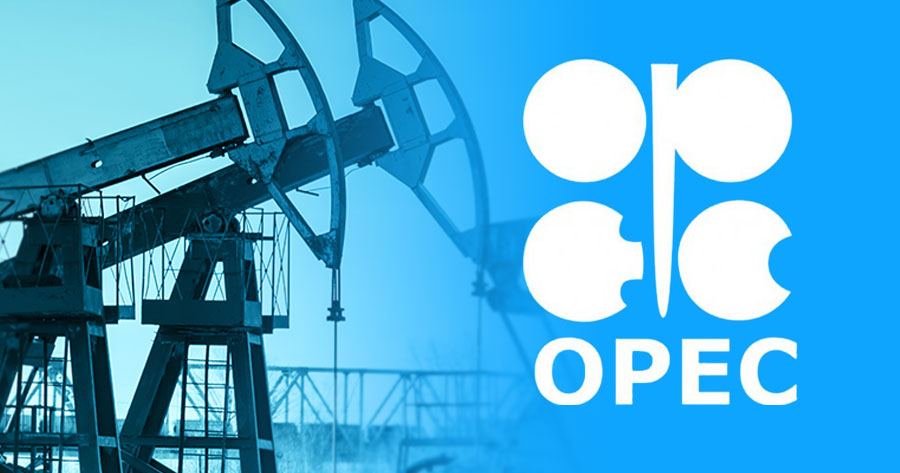OPEC+ decided during a virtual meeting on Monday to move forward with an oil output increase slated for April, despite renewed calls from U.S. President Donald Trump for the group and its dominant member, Saudi Arabia, to curb prices. This comes as part of their broader strategy to navigate market stability.
The organization confirmed that the additional production would amount to 138,000 barrels per day, according to the report from Reuters. They acknowledged the need for flexibility, indicating that the increase could be halted or reversed depending on evolving market dynamics.
These factors drove oil prices to a 12-week low. Brent crude futures receded $0.40 or 0.56%, ending at $71.22 per barrel. Similarly, U.S. West Texas Intermediate (WTI) crude saw a decline of $0.22 or 0.32%, settling at $68.15 a barrel. The combination of these elements underscores a complex landscape for both investors and the global energy market.
The decision follows a previous uptick in crude oil prices, reaching over $82 a barrel in January. The spike came after former President Joe Biden imposed new sanctions on Russia. While Trump’s efforts to broker a resolution between Russia and Ukraine raised hopes for increased Russian oil availability, potential setbacks such as plans to cut Iranian oil exports to zero and the revocation of a Chevron license in Venezuela applied upward pressure on prices.
Since 2022, OPEC+ has implemented a series of production cuts totaling 5.85 million barrels per day—equivalent to roughly 5.7% of global supply—to support oil markets. Last December, the group opted to extend the latest round of reductions through the first quarter of 2025, deferring any production increase to April. The phased rollback of these cuts, amounting to 2.2 million barrels per day, will begin with the planned April increment of 138,000 barrels daily.


